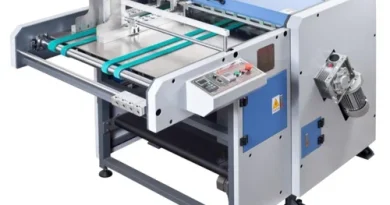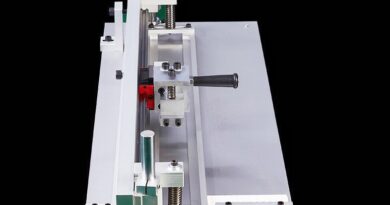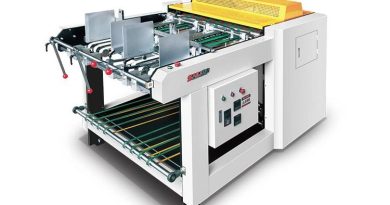Grooving Machinery: Streamlining Precision and Efficiency in Packaging Production
In the competitive landscape of packaging production, precision and efficiency are paramount. Grooving machinery has emerged as a vital tool for businesses looking to enhance the functionality and aesthetics of their packaging solutions. This machinery precisely grooves various materials, facilitating the creation of packaging that not only meets exact design specifications but also maximizes material efficiency. This article discusses the benefits of integrating grooving machinery into packaging operations and how it can transform productivity and quality.
Advantages of Grooving Machinery
- Precision Grooving for Enhanced Functionality: Grooving machinery is specifically designed to create clean, accurate grooves in packaging materials. This precision is crucial for producing boxes and other packaging forms that require exact folds, ultimately leading to a more polished and professional final product.
- Increased Production Efficiency: Automating the grooving process significantly speeds up production lines. Grooving machinery allows for rapid, consistent grooving across large volumes of material, reducing bottlenecks associated with manual processes and enhancing overall throughput.
- Material and Cost Efficiency: By precisely controlling the depth and placement of grooves, this machinery minimizes material waste. Efficient use of materials not only reduces costs but also supports sustainability initiatives by decreasing excess waste.
- Versatility Across Industries: Grooving machinery is adaptable to various materials and designs, making it suitable for a wide range of industries including packaging, furniture manufacturing, and even automotive interiors. This versatility ensures that businesses can meet diverse customer demands with precision and speed.
Industries That Benefit from Grooving Machinery
- Packaging Industry: Essential for creating foldable cardboard and corrugated boxes that require precise bends without the risk of tearing or misalignment.
- Furniture Manufacturing: Used in the production of lightweight panels and boards that require specific grooving patterns for assembly and structural designs.
- Automotive: Helps in the precise fabrication of interior panels and decorative elements that must fit seamlessly within tight specifications.
Considerations for Investment
- Assessing Production Needs: Evaluate the specific needs of your production line to determine the type of grooving machinery that best fits your operational requirements, considering factors like material type, groove dimensions, and production volume.
- Cost-Benefit Analysis: Weigh the initial investment against the potential increases in production efficiency and material savings. Effective integration of grooving machinery can lead to significant long-term cost reductions and higher product quality.
- Supplier and Support: Choose a reliable supplier known for quality machinery and comprehensive customer support. Proper training and ongoing maintenance are crucial for maximizing the lifespan and effectiveness of the machinery.
Conclusion
Grooving machinery is an indispensable asset for manufacturers aiming to optimize the precision and efficiency of their production processes. By enabling precise material manipulation and enhancing production speeds, this technology not only improves the quality of the final product but also boosts operational efficiency. As the demand for high-quality, innovative packaging solutions continues to grow, investing in advanced grooving technology is a strategic move that can provide a significant competitive edge in the market.



